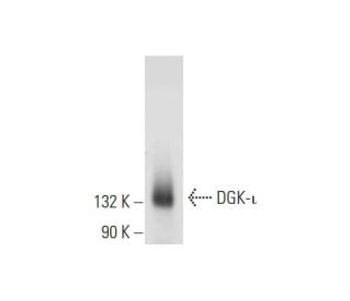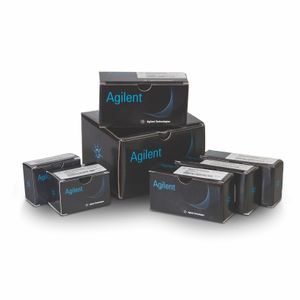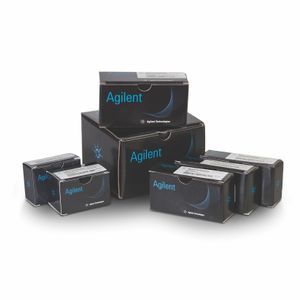
DGK-ι (G-3) Alexa Fluor® 790 | Santa Cruz Biotechnology
mouse monoclonal IgG1; DGK-ι Antibody (G-3) is an IgG1 κ mouse monoclonal DGK-iota antibody (also designated DGK-ι antibody) that detects the DGK-iota protein of mouse, rat and human origin by WB, IP, IF and ELISA. DGK-ι Antibody (G-3) is available as both the non-conjugated anti-DGK-iota antibody form, as well as multiple conjugated forms of anti-DGK-iota antibody, including agarose, HRP, PE, FITC and multiple Alexa Fluor® conjugates. Diacylglycerol kinases (DGKs) phosphorylate diacylglycerol (DAG) to produce phosphatidic acid. DAG and phosphatidic acid are lipids that act as second messengers in signaling cascades. DGK-alpha influences cell activation and secretion of lethal exosomes, which in turn control cell death. DGK-beta is abundant in restricted brain regions such as the caudate putamen and olfactory tubercle. DGK-gamma encodes full-length and truncated transcripts that are present in a range of human tissues, with greatest expression observed in retina. DGK-delta is most abundant in skeletal muscle. DGK-epsilon shows specificity for arachidonyl-containing diacylglycerol and is expressed predominantly in testis. DGK-zeta is most abundant in brain and muscle. DGK-eta is closely related to DGK-delta. DGK-theta is most abundant in the cerebellum and hippocampus. DGK-iota is present in brain and retina as a predominant transcript of more than 12 kb, including a long 3-prime untranslated region, with additional low abundance transcripts of 9.5 and 7.5 kb. DGKs have structural motifs that play regulatory roles, and these motifs form the basis for dividing the DGKs into five subtypes.



























































